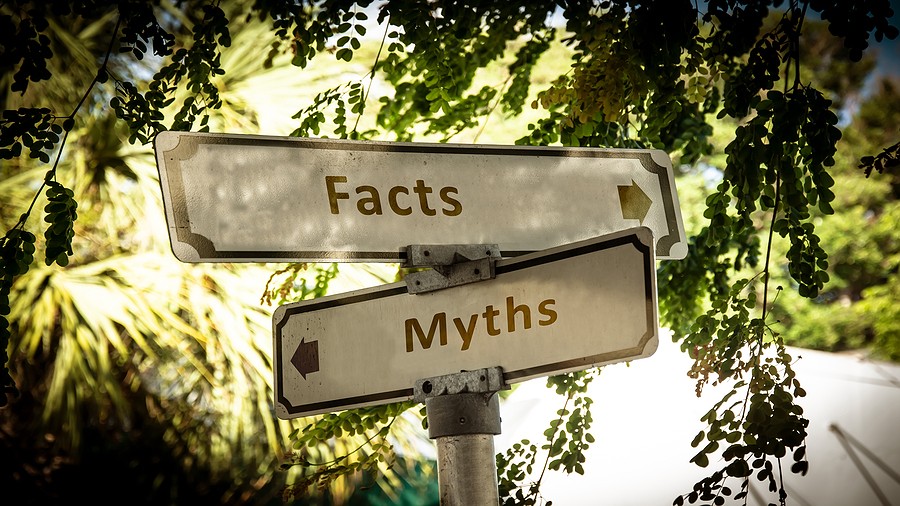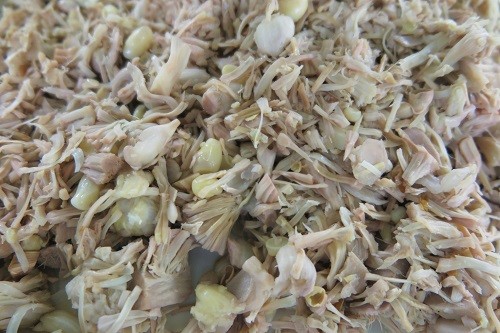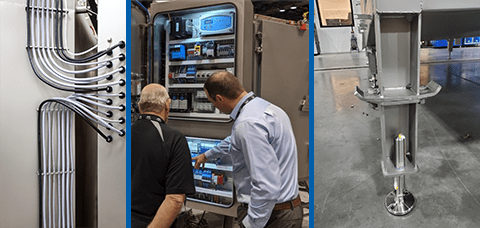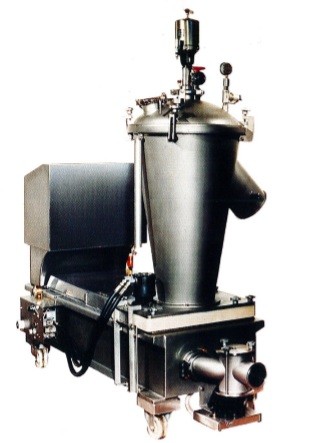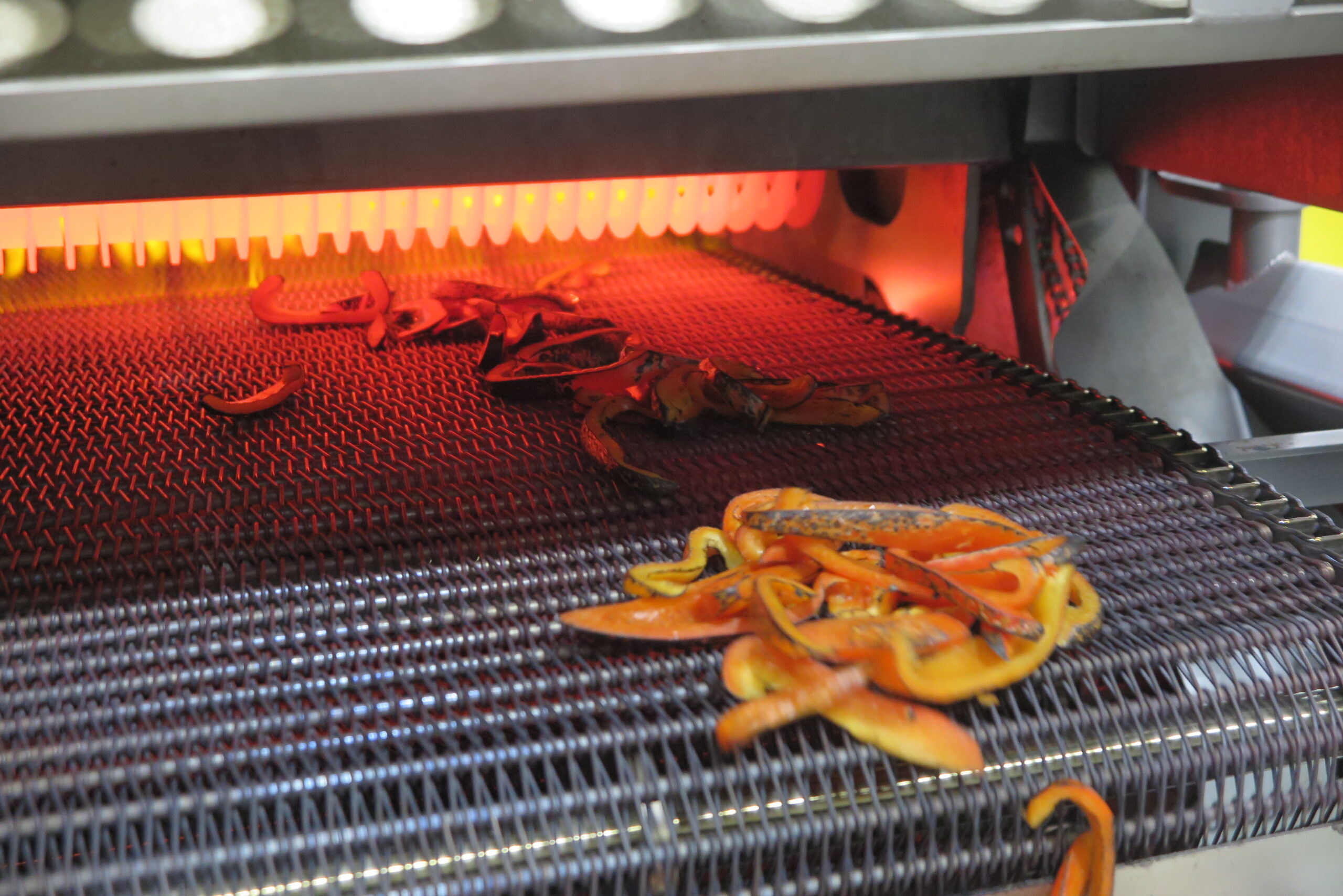There are a lot of myths that have surfaced over the years about food and meat processing. This causes an immense amount of confusion one has when they resolve to eat healthier. From connections with animal handling to food safety protocols, we’ve all seen a lot of misinformation circulating on traditional and social media channels. It is important to remember that there are risks and benefits to everything we eat and as consumers we must make logical and well-informed decisions by proactively seeking information from trusted sources.
Nitrites Actually Have Health Benefits
One myth which has stirred up a lot of propaganda against meat consumption is the misunderstanding of sodium nitrite which is used to cure meats like ham, bacon, and hot dogs.
Nitrite actually has numerous health benefits but its main functions in meat processing is to block the growth of botulism-causing bacteria and prevent spoilage in meat products.
Studies have shown that our bodies actually convert nitrite to nitrogen to help regulate blood pressure. Nitrite is also used by our bodies to help heal wounds, destroy pathogens in the gut and also prevents preeclampsia during pregnancy.
Scientists at the National Institutes of Health (NIH) have documented a number of health benefits of nitrite based on a number of studies they have performed, including Nitrite as a treatment for organ transplantation, heart attacks, sickle cell disease, and other vascular problems.
Brown Meat Does Not Mean It Is Spoiled
Meat color can change rapidly even through it is still safe to eat. The color changes (from purple-red to bright cherry-red) are the result of chemical changes cause by oxygen exposure. When meat is fresh and has been vacuum packaged, it features a purple-red color that stems from myoglobin, a key pigment responsible for the color of meat. When the meat is exposed to air, it is called oxymyoglobin, which gives meat its cherry-red color. Exposure to store lighting leads to the formation of metmyoglobin, a pigment that turns meat brownish-red. In this case, color is not an appropriate indicator of whether or not the meat is spoiled. This affect is similar to what ones sees after cutting an apple as it turns brown due to oxygen exposure. For more information on the color of meat and poultry, visit the USDA’s website for food safety information.
Feeding Cattle Corn is Natural
Some proponents of grass feeding claim that cattle should not eat corn, but cattle actually enjoy corn and benefit from its nutrition along with eating grass most of their lives. Some cattle in feedlots and ranches have their diets enhanced with corn and grain where their diets are carefully supervised and monitored by expert nutritionists to ensure their diets are completely balanced. Feeding cattle corn maximizes their health and growth. Cattle raised on pasture alone graze on what they choose and diets of “grass-fed” cattle are more difficult to control and can actually be nutritionally less complete for the animal. The U.S. Food & Drug Administration publishes a number of guidance documents whereby processors and consumers can browse by topic to obtain good guidance on best practices.
Hot Dog Making is the Subject of Much Humor, Rumor and Speculation
Whether you choose to call them hot dogs, franks or wieners, and whether you like them Chicago Style, New York Style or even naked, hot dogs are a delicious and iconic food. But there is a lot of speculation amongst people about what really goes into a hot dog.
Many meat processors around the States use Marlen’s food processing equipment to cook and chill all beef hot dogs and sausages. But, what goes into making these wholesome links? This video from the National Hot Dog & Sausage Council titled “Hot Dogs: How They’re Made provides the answer to everyone’s question and addresses the myths about how hot dogs are made.
Of course, every meat processor must use a broad range of food processing cleaning equipment to improve plant hygiene and safety throughout their production facilities, ultimately ensuring the safety of the food products they are producing. From processes, procedures, practices and raw materials that contribute to microbial contamination, it’s important to rely on experts like those at Marlen who have the food processing equipment and tools to help one address any challenges before serious quality issues impact the final product.












